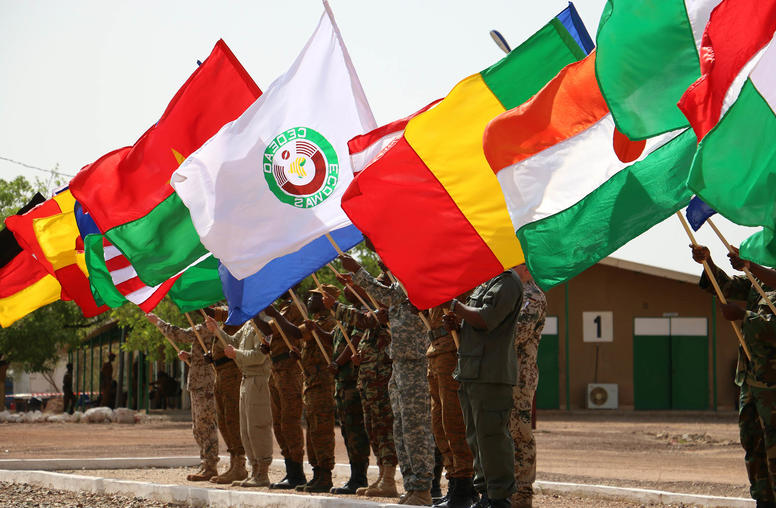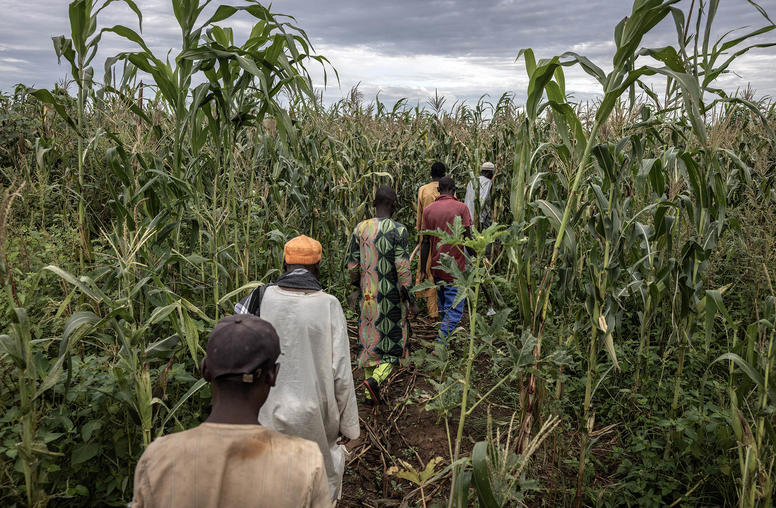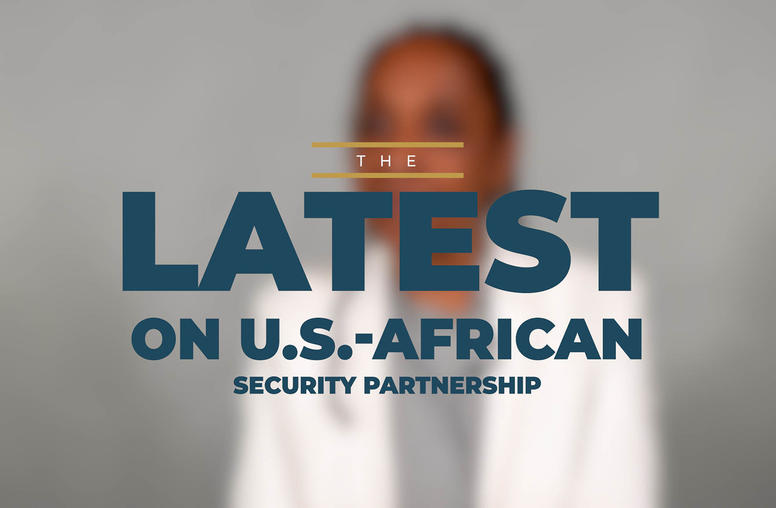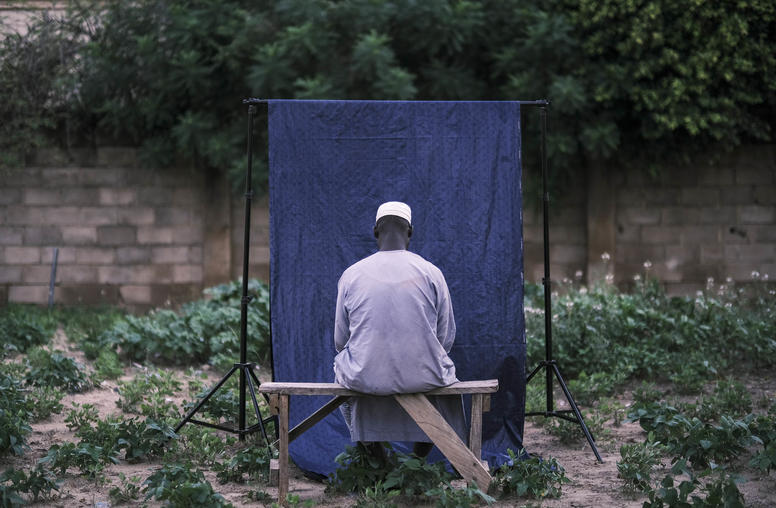Democratic But Deadly
Will violence rock Nigeria's Feb. 14 national election? Perhaps--but there was a way to prevent it.
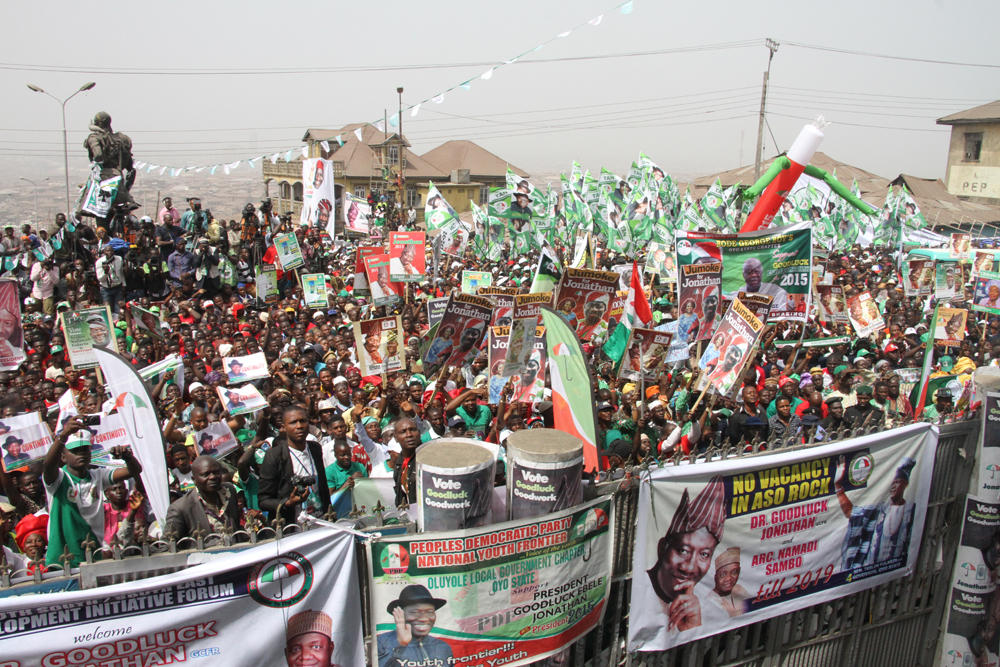
Elections in unstable corners of the world tend to make conflict observers antsy, and with good reason. In the first round of Afghanistan’s presidential elections in April 2014, Taliban gunmen and bombers orchestrated some 400 violent attacks on voting day alone, targeting voters, election personnel, and security forces guarding the polling centers. In the run-up to the 2013 elections in Bangladesh, clashes between the main political parties and their supporters claimed around 500 lives — the worst violence in the country since it gained independence in 1971. Honduras experienced less widespread but more targeted election violence in 2013, with various sources reporting up to 48 assassinations of political candidates, their family, or party activists.
In Nigeria, where elections will be held on Feb. 14, the window of opportunity for timely conflict prevention has already closed. The United States, the United Nations, and the European Union have made significant investments towards conflict prevention, but the threats and challenges posed by Boko Haram extremists, political provocateurs, and ordinary criminals are vast. Mitigating the level and scope of killings is all that is left at this point.
Burundi, Sudan, and Burma — places prone to political violence — are also scheduled to hold elections this year. The stakes for these countries are profound: Failing to stop bloodshed may reverse years of positive development, and generate deep distrust of democratic governance and the rule of law. In a worst-case scenario, failed prevention may require costly and disruptive military campaigns to offer protection, break up skirmishes, and impose stability.
To prevent election violence more effectively, local and international peacebuilders need to spend more time targeting the underlying frustrations, financial incentives, or fears of those behind the violence.
Like touring rock stars, most international election support teams show up for the big show shortly before curtain call. If the country appears strategically relevant and its ruling party consents to an outsider presence, foreign support teams generally swamp its streets in the weeks leading up to election day. Using state-of-the-art technology, these experts — diplomats, development workers, international NGO workers — train local election officials and assist with voter registration. Often, they are forced to improvise on the spot. Once the voters disperse, most of the watchdogs return home.
But this pinpointed emphasis on voting day is misguided. The African Electoral Violence Dataset (AEVD), compiled by Scott Straus and Charlie Taylor, shows that election day itself is generally calm. It also suggests that most violent incidents happen prior to the vote, often during the campaign, when incumbents at risk of defeat resort to extreme measures to maintain power.
Yet support units frequently cram their activities within a six months period, leaving countries to contend with the rash of disruptions that can surface in the wake of an election, including land disputes, tensions over exclusionary ideologies, and a frustrated electorate. To address the underlying causes of election violence by changing laws, institutions, attitudes, and behavior, six month just isn’t enough time.
Even the success stories obscure the true impact of international prevention efforts. The 2007 general elections in Kenya, for instance, left 1,100 dead and displaced some 650,000 after protests escalated into widespread ethnic violence. In general elections six years later, it was a different story. Kenya managed to avoid the large-scale horrors of 2007, and international leaders celebrated its success.
But field research by the U.S. Institute of Peace (USIP) shows that Kenyans experienced the election differently than those heralding the vote’s calm suggest. While the mass violence of 2007 did not recur in 2013, a “suppressed war” or “negative peace” took hold during the campaign period, they said. According to the USIP research, fear had taken hold: fear of the intimidating security forces roving the countryside, fear of the pressure to incriminate their leaders standing trial at the International Criminal Court for the 2007 violence, and fear of voicing frustrations about land and resource allocations, incendiary issues that media and the political elite had driven out of the public discourse. International prevention, it appears, played only a marginal role in easing tensions.
Kenyans also worried that the withdrawal of democratic assistance and peacebuilding support in the months after the elections — driven by a misplaced sense of achievement and complacency — would heighten the risk of future violence. “Every election the international community gives us a painkiller. What Kenya needs is therapy,” explained one participant in a dialogue organized by USIP. To evaluate the impact of prevention, peacebuilders must look beyond the presence or absence of election violence in the aftermath. If there is no measurable decline in the underlying causes of violence, claims of success are premature at best.
Fundamentally, international election support operations don’t tend to factor in potential unrest. Instead, they overemphasize election assistance and democratic fairness at the expense of violence prevention. But staving off violence has little to do with whether an election is deemed “free and fair.”
Consider sub-Saharan Africa: While the region made great strides towards democratization in the 1990s and early 2000s according to Freedom House, election violence in these countries did not decrease over that same interval. In fact, recent elections in the region have been at least as violent as those in the early 1990s, even as election support through diplomacy, monitoring, and aid continues to rise. The 2011 elections in Nigeria illustrate this paradox: while they were more transparent and less corrupt than past elections, the country still experienced the most intense election violence in its history.
A transparent vote count, high turnout, and professional election administration do matter. Corruption and vote-rigging can frustrate voters, and even trigger violent rioting and protests. But a more strategic and sustained focus on factors like gender inequality, poor leadership, refugee movements, or the free flow of arms has a better shot at ensuring peaceful elections. Addressing these underlying drivers of violent conflict and changing the behavior and attitudes of violent thugs or mischievous politicians, requires multi-year commitments.
First, violence prevention must begin at least 18 months before election day. Conflict experts should identify brewing sources of frustration that could motivate frustrated people to take up arms, pinpoint armed groups, and identify likely hotspots of election violence. The second phase should feature timely and informed prevention. If marginalized youth tend to commit violence, for instance, development actors could invest in education programs to encourage high school dropouts to engage constructively in the election process as local volunteers or monitors. If analysts or monitors anticipate that extremists like Nigeria’s Boko Haram will wreak havoc during an election, a well-trained and -equipped police and military can help guarantee election security, so long as they display professional conduct, are held accountable for any abusive behavior, and prioritize defending the electorate over guarding the elite.
As election day approaches, international diplomats can persuade or pressure provocateurs, by engaging in quiet diplomacy. Incumbents unwilling to accept defeat may be coerced through targeted economic sanctions, or persuaded by the promise of foreign assistance, or access to regional organizations and new markets. During the 2013 presidential elections in Honduras, both the Organization of American States and various embassies in Tegucigalpa exerted pressure on key competitors and local leaders to keep the elections peaceful, and avoid stirring up tensions.
Rigorous evaluation is the final phase. Too often, election violence prevention strategies are based on intuition and anecdotes, rather than on empirical research. Aid providers increasingly assess their election programs in a given country — a voter education drive in northern Nigeria, or the training of election officials in Thailand — in isolation. The U.S. State Department’s Bureau of Conflict and Stabilization Operations commissioned a frank and thorough independent evaluation of their efforts around the 2013 elections in Kenya. Smaller organizations lack the capacity to conduct any type of impact assessment. The holy grail of evaluations would measure the effectiveness of violence prevention techniques across different countries, in line with a 2012 UNDP evaluation, through critical and in-depth comparative research.
Some of the largest providers of election support have taken these lessons to heart. Agencies like the U.N. Development Program or the U.S. Agency for International Development, as well as the European Union, are increasingly adept at the art of election violence-prevention. By adopting an “electoral cycle” approach, they acknowledge that elections are a process requiring sustained support before, during, after, and even in between elections: when candidates are announced, voters register, the votes are being count, and disputes are adjudicated. This cycle approach demonstrates strategic vision and enables longer-term impact after years of ad hoc and inconsistent programming.
This is not an argument for outsiders to engage in decades-long, unconditional occupation. Instead, it is a call to extend and spread our efforts, and become more sensitive to the frustrations, financial incentives, or fears of perpetrators of violence. Even short-term crisis management could make a difference. Citizens at risk of violence often recount how international monitors visibly deter abusive police, youth wings of political parties, or other likely perpetrators. But it remains unclear whether surgical interventions of merely six months can reduce the risk of violence over the long term and across election cycles.
Election violence is context specific. But the lessons gathered from around the world should be kept close at hand long before the elections in Nigeria and Burma make the headlines.
Reposted with permission from ForeignPolicy.com, Source: “Democratic But Deadly"
